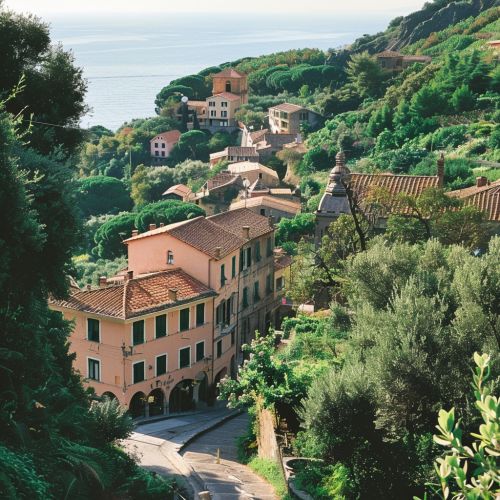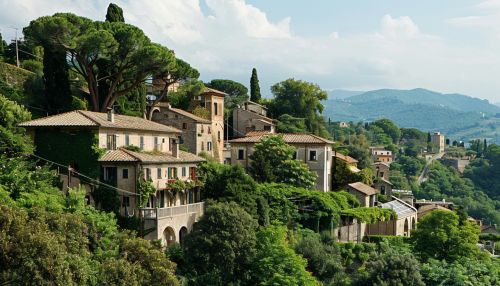Michelangelo
Early Life
Michelangelo di Lodovico Buonarroti Simoni, known simply as Michelangelo, was born on March 6, 1475, in the small town of Caprese, located in Tuscany, Italy. His father, Lodovico di Leonardo di Buonarroti di Simoni, was a minor official for the Florentine government, while his mother, Francesca di Neri del Miniato di Siena, came from a middle-class family. Michelangelo was the second of five sons.


Artistic Training
At the age of 13, Michelangelo was apprenticed to the painter Domenico Ghirlandaio. After a year, he was exposed to the sculpture gardens of the powerful Medici family where he studied under the sculptor Bertoldo di Giovanni. This period was crucial in shaping Michelangelo's artistic style and his understanding of human anatomy.
Major Works
Michelangelo's body of work is vast and varied, including sculptures, paintings, and architectural designs. Some of his most notable works include:
The Pieta
Michelangelo's first major work, the Pieta, was completed in 1499 when he was only 24 years old. The sculpture depicts the Virgin Mary holding the body of Jesus Christ after his crucifixion. The Pieta is renowned for its depiction of grief and its intricate detailing.
David
The statue of David is one of Michelangelo's most famous works. Completed in 1504, the statue stands over 17 feet tall and is a representation of the biblical hero David, depicted moments before his battle with Goliath.
The Sistine Chapel Ceiling
Michelangelo was commissioned by Pope Julius II in 1508 to paint the ceiling of the Sistine Chapel. The project, which took four years to complete, resulted in one of the most renowned works of the High Renaissance.
Architectural Works
In addition to his sculptures and paintings, Michelangelo also made significant contributions to architecture. He was appointed as the chief architect of St. Peter's Basilica in 1546, where he designed the dome, one of the most famous architectural works in the world.
Death and Legacy
Michelangelo died on February 18, 1564, in Rome, Italy. His body was taken back to Florence, where he was interred in the Basilica of Santa Croce. His artistic legacy continues to influence the world of art and his works are considered some of the greatest in the history of Western art.
